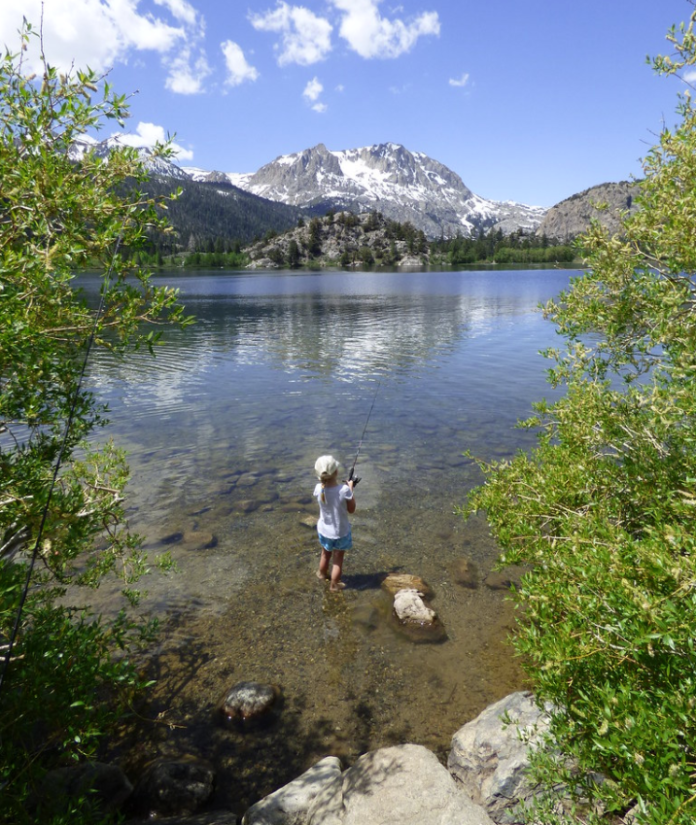The United States experienced a huge hunting and fishing boom following World War II when American servicemen returned from the European and Japanese theaters of operation. Much of that can be attributed to the simple matter of, you can’t teach millions of people how to shoot and sleep outside and not expect them to turn that switch off when they return home. An entire generation of working-class outdoorsmen took to the field. They passed it on to their kids and created the type of angler and hunter recruitment downhill-rolling snowball we’d love to have today.
While it won’t be for the same type of reasoning, plan on a similar spike in the wake of the COVID-19 pandemic. In fact, it’s already happening.
By mid-June, California fishing license sales were up 10 percent over the same time last year which, historically speaking, is a legitimate surge. But on a national level, the numbers are up almost across the board. Just pick your state.
In Minnesota, fishing license sales were up 45 percent in early May compared to the same time in 2019. Youth licenses (for 16- and 17-year olds) doubled in the same time frame, which was by far their highest spike ever, and conservation licenses (for fishing and small-game hunting) were up 68 percent.
In Wisconsin, where fishing was identified as an essential activity from the get-go and allowed during the state’s “safer at home” order, fishing license sales were up 18 percent over the same time in 2019.
Here in the Western Outdoor News office, it didn’t require such hard data to detect the obvious fact that fishing tackle – especially stuff like entry level rod-and-reel combos and basic gear – is hard to keep on the shelves in everything from tackle shops to big-box stores.
On a national level, not only does that have a positive affect for manufacturers, distributors and retailers, but it means gobs more folks are becoming part of the pool of people paying excise taxes collected from the sales of all things hunting and fishing. Those funds (along with those from license sales) fund wildlife and habitat projects, so, while seeing more trucks at the trailhead or heads at your fishing spot might cause you to grumble, it is a very good thing long term.
Over the summer, big crowds flooded popular Eastern Sierra recreation areas, and it was described as as everything from “a headache” to “nightmarish.” Mid- to late-summer crowds are always thick, then you add COVID-related cabin fever and a desire to “escape,” along with the fact that most kids can go “back to school” anywhere with a WiFi connection (unofficially extending summer vacation), and just like that, the whole region becomes a magnet for flat-land refugees.
That also meant more trash, noise and EZ-Up shelters, but many outdoorsmen start off as kooks. When the dust settles, and that many new people are exposed to all the benefits of outdoor recreating, many of them are going to stick with it, keep buying licenses, upgrading all that gear and passing it on to the next generation.
You simply can’t tell an entire planet to stay inside, and not expect them to charge in the opposite direction.




